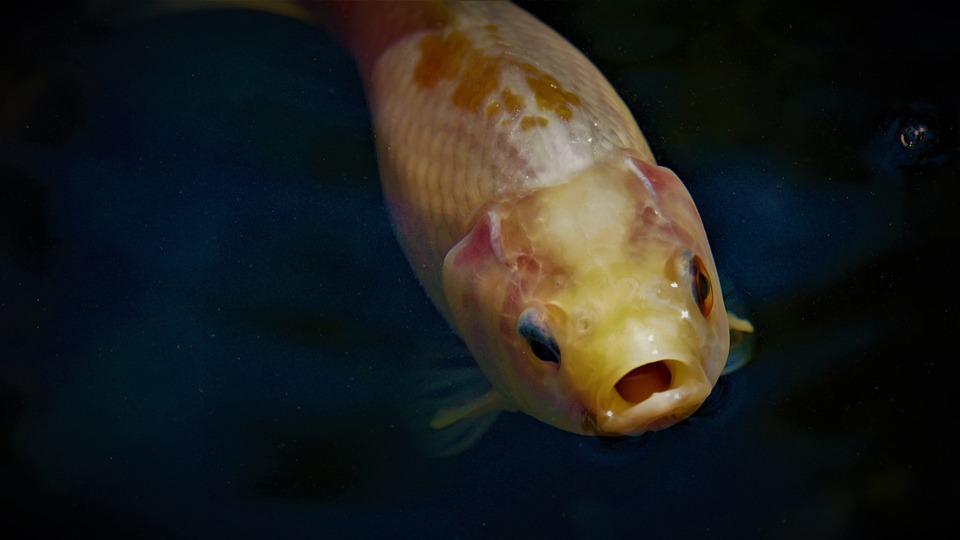New Article: Understanding Fish Tank Feeding Practices and their Impact on Fin Erosion: A Comprehensive Assessment
Introduction:
Maintaining a healthy fish tank environment goes beyond providing proper water conditions and filtration systems. One crucial aspect often overlooked is the feeding practices for the fish residing in the aquarium. In this article, we will delve into the significance of understanding fish tank feeding practices and their impact on fin erosion. By comprehensively assessing this issue, we aim to shed light on the best feeding practices to prevent fin erosion and promote fish health.
I. The Connection Between Feeding Practices and Fin Erosion
1.1 The Role of Nutrition in Fish Health
Proper nutrition is essential for the overall health and well-being of fish. A balanced diet ensures that fish receive the necessary nutrients to support their immune system, growth, and overall vitality.
1.2 Understanding Fin Erosion and its Causes
Fin erosion, also known as fin rot, is a common condition in fish characterized by the deterioration of their fins. It can be caused by various factors, including poor water quality, stress, and inadequate nutrition.
1.3 Linking Feeding Practices to Fin Erosion
Feeding practices play a crucial role in preventing fin erosion. Overfeeding, poor quality fish food, and a lack of dietary variety can all contribute to the development of this condition.
II. Factors Influencing Fin Erosion
2.1 Overfeeding and its Consequences
Overfeeding can lead to excess waste and uneaten food in the aquarium, resulting in poor water quality. This can stress the fish and increase the likelihood of fin erosion.
2.2 Poor Quality Fish Food and its Impact
Low-quality fish food often lacks essential nutrients and may contain harmful additives. Feeding such food to fish can lead to malnutrition and weaken their immune systems, making them more susceptible to fin erosion.
2.3 Inadequate Variety in Diet
A lack of dietary variety can deprive fish of essential nutrients. This can weaken their immune system and make them more prone to fin erosion. Providing a diverse diet that includes both dry and live foods is crucial for fish health.
III. Best Feeding Practices to Prevent Fin Erosion
3.1 Establishing a Feeding Schedule
Maintaining a regular feeding schedule helps prevent overfeeding and ensures that fish receive adequate nutrition without compromising water quality. Feed fish small portions multiple times a day, depending on their species and size.
3.2 Controlling Portion Sizes
Avoid overfeeding by providing only what the fish can consume in a few minutes. Remove any uneaten food to maintain water quality and prevent the buildup of waste.
3.3 Providing a Balanced Diet
Offering a balanced diet that includes a variety of high-quality fish food is crucial for preventing fin erosion. This should include a mix of pellets, flakes, freeze-dried or frozen foods, and live foods suitable for the fish species.
3.4 Offering Nutritious Supplements
Supplements such as vitamins and minerals can help ensure fish receive a complete and balanced diet. Consult with a veterinarian or fish nutrition expert to determine the appropriate supplements for your fish species.
IV. FAQs: Frequently Asked Questions
4.1 How often should I feed my fish to prevent fin erosion?
The frequency of feeding depends on the fish species and their size. Generally, small portions should be provided multiple times a day, ensuring that all food is consumed within a few minutes.
4.2 Can fin erosion be reversed through proper feeding practices?
In some cases, proper feeding practices can help reverse fin erosion. However, if the condition is severe, additional treatments may be required. Consult with a veterinarian or aquatic specialist for appropriate treatment options.
4.3 What types of fish food are best to prevent fin erosion?
High-quality fish food that contains essential nutrients is best to prevent fin erosion. Look for brands that prioritize the nutritional needs of fish and offer a diverse range of food options.
4.4 Are there any natural remedies for fin erosion caused by poor feeding practices?
Maintaining proper nutrition through a balanced diet and improving water quality can help alleviate fin erosion caused by poor feeding practices. Additionally, certain herbal remedies or aquarium additives may be beneficial. Consult with a fish health professional for suitable natural remedies.
4.5 How can I ensure my fish receive a balanced diet?
Offer a variety of high-quality fish food, including pellets, flakes, freeze-dried or frozen foods, and live foods suitable for your fish species. Consider incorporating nutritious supplements and consult with a fish nutrition expert for specific dietary recommendations.
Conclusion:
Understanding the impact of feeding practices on fish health, specifically in relation to fin erosion, is crucial for maintaining a thriving aquarium. By implementing the best feeding practices outlined in this article, aquarists can prevent fin erosion and promote the overall well-being of their fish. Remember, a well-fed fish is a happy fish!
Note: The headings and subheadings provided are for guidance and can be modified or expanded upon as per the writer’s discretion.









